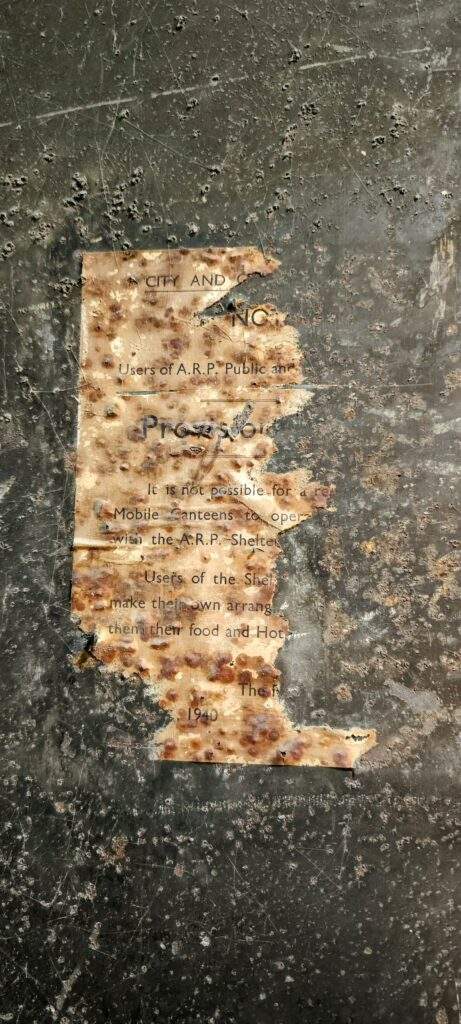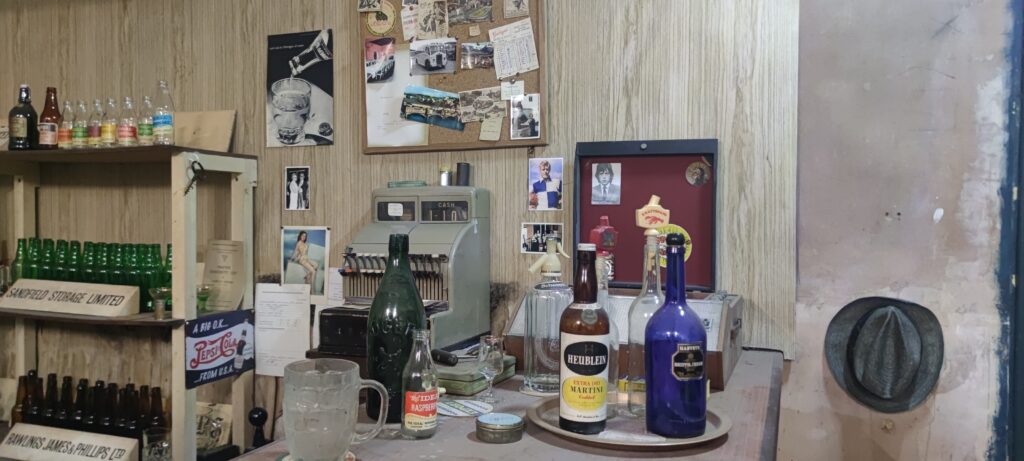Unexplored Bristol: St Nicholas Air Raid Shelter

Hidden underneath the bustling streets of one of Bristol’s most famous attractions is a little known WWII air raid shelter. Until a few years ago very few people seemed to know that this shelter existed. This was until a local artist Duncan McKellar started walking tours of St Nicholas Market and the air raid shelter beneath. The tour spans the breadth of Bristol’s history from Saxon traders right up to today. The tour lasted two hours and we had the privilege of being joined by Margaret, the local friendly ghost.



Bristol in WWII
Bristol was the fifth most heavily bombed city in England. It was an obvious target for the German Luftwaffe because of the harbour, shipyards and the airport. The Bristol Aeroplane Company Factory made Blenheim and Beaufort bombers and the Beaufighter Combat Plane for the RAF.
The city was bombed heavily between Autumn 1940 and Spring 1941, a period coined the Bristol Blitz. Bristol had 528 air raid alerts during these months. On 24th November 1940 the heart of Bristol’s old town was destroyed and what is today Castle Park was engulfed in flames. The attack lasted 6 hours and during this time 148 bombers dropped 1,540 tonnes of high explosives on the city. The citizens of Bristol sheltered in the air raid shelter under St Nicholas during this air raid and emerged to find the heart of the city devastated.


Air Raid Shelter
The WWII shelter under St Nicholas Market and Corn Exchange has been beautifully preserved and remains nearly unchanged since its abandonment. It was built to shelter the traders and council officers during German attacks on the city. Duncan McKellar takes visitors and locals on a two hour walking tour and has added some artefacts from the time to enhance the immersive experience. McKellar hopes to turn the air raid shelter into a museum dedicated to Bristol during WWII. He says:
“The level of preservation is remarkable. We have toilet signs, ARP posters and even drawings of Hollywood actress Myrna Loy.”
The tour of the air raid shelter begins through an ordinary door and then descending stairs underneath the Corn Exchange. The shelter is made up of five rooms – an entrance, two rooms for sheltering and two toilets. McKellar calls out to Margaret the spirit and plays 1940s music whilst visitors are encouraged to look at the carefully collected artefacts. These include gas masks, first aid kits, ration books and kits and a gas rattle.


McKellar has set up the air-raid shelter in the aim to get visitors to experience the shetler as Bristol did in the 1940s. He has carefully curated the historical pieces in the shelter to try and be as authentic as possible. There are propaganda posters lining the walls. The pegs have coats and hats hung up and there is a pram and cot bunks for small children. Arguably the most important aspect of the shelter is the pencil drawing of Myrna Loy. This small sketch gives us a direct link to the artist who sheltered in here over 80 years ago.


During the 1960s the site was used as a speakeasy drinking establishment. It was even visited by the Rolling Stones and The Who after they played in the market above!


Last Updated on 8 April 2024 by Michael



